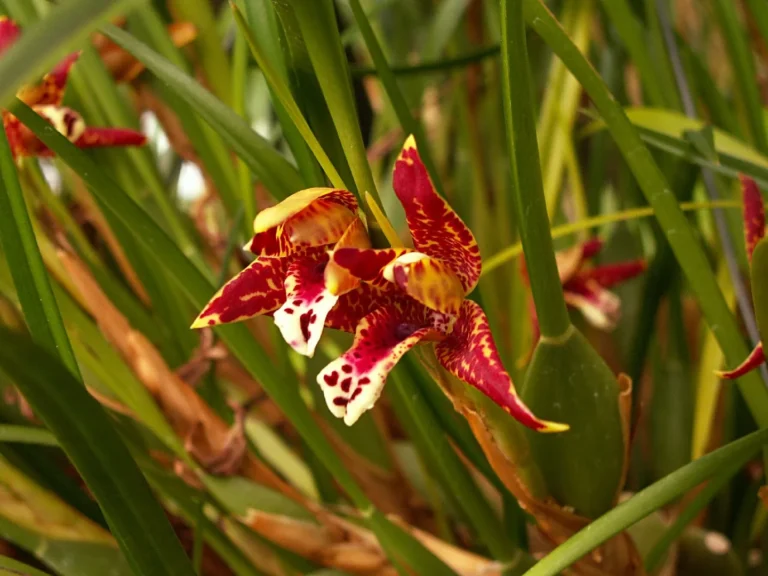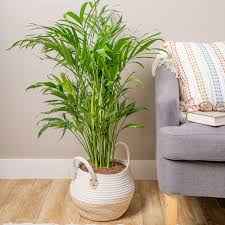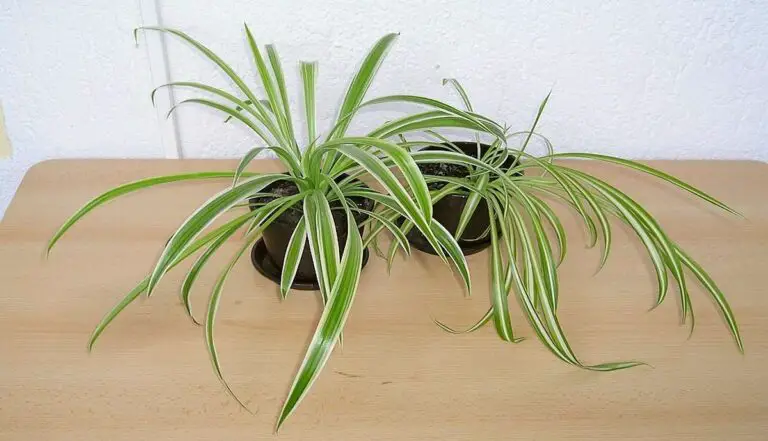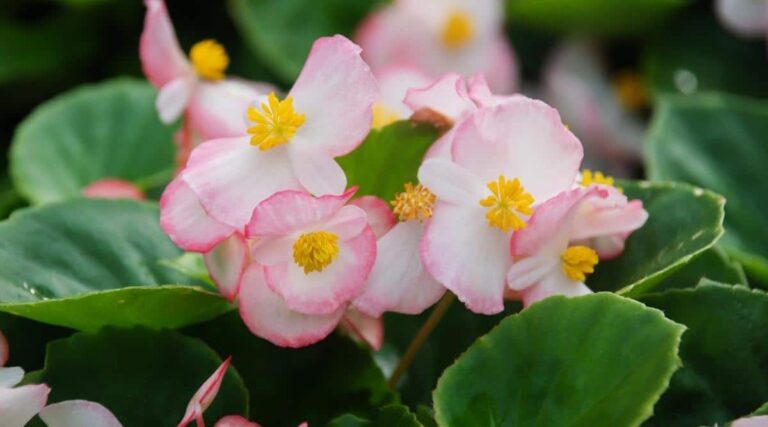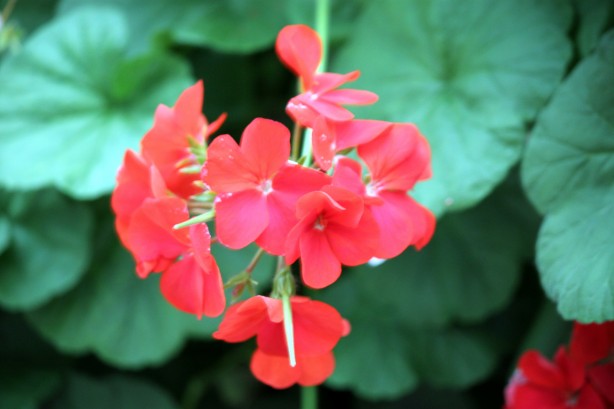Introduction
Having a touch of nature within the confines of our homes not only adds a pop of color but also brings a breath of fresh air. Home gardening is a delightful journey, and selecting the right plants plays a crucial role in making your space lively and vibrant.
In this article, we will explore the top choices for home gardening, focusing on plants that are not only visually appealing but also easy to care for. These green companions can thrive indoors, transforming your living space into a cozy oasis.
Whether you’re a seasoned plant enthusiast or just starting with your green adventure, these plant selections cater to various preferences and skill levels. From the charming String of Hearts to the elegant Polka Dot Begonia, each plant brings its unique charm to your home.
Join us as we delve into the world of these fantastic plants, providing insights into their characteristics, care tips, and propagation methods. By the end of this journey, you’ll not only have a deeper understanding of these plants but also the confidence to nurture them in your home garden. Let’s embark on this botanical exploration together!
1. String of Hearts (Ceropegia woodii)
Let’s start our plant journey with the delightful String of Hearts. Also known as Ceropegia Woodii, this trailing plant boasts slender vines adorned with small, heart-shaped leaves, creating a charming cascade of greenery.
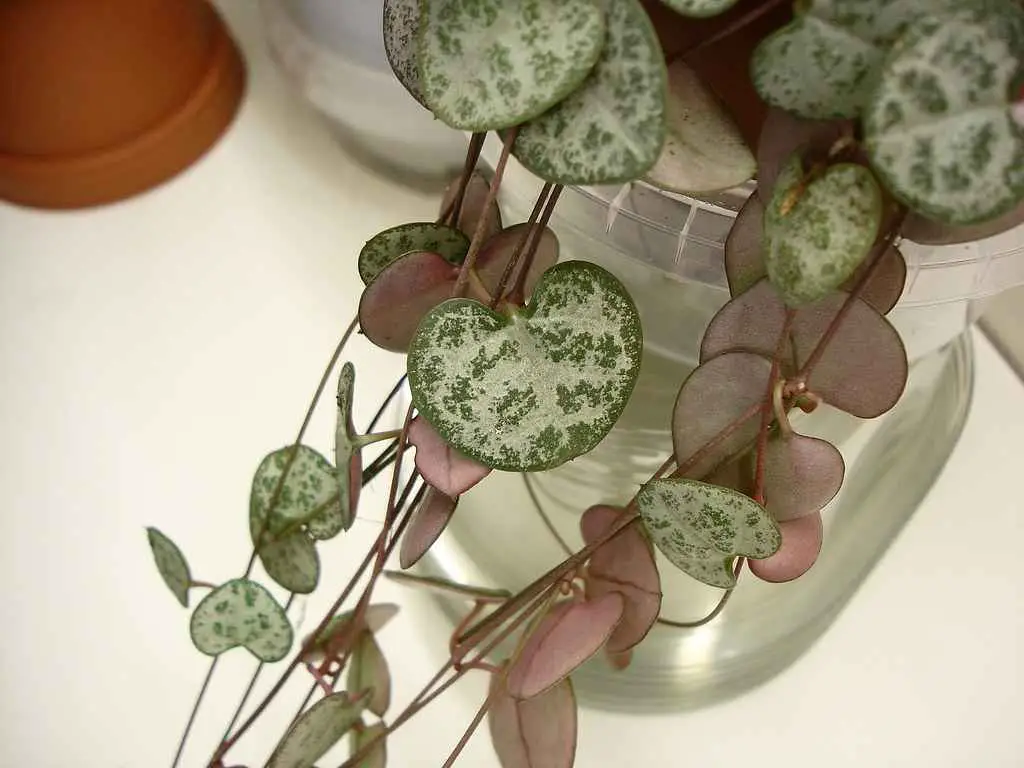
Key Features and Characteristics:
The String of Hearts is a low-maintenance plant, perfect for beginners. Its distinctive feature lies in its cascading vines, making it an ideal choice for hanging baskets. The leaves, shaped like tiny hearts, add a touch of whimsy to any space.
Best Practices for Care:
This plant enjoys bright, indirect light, making it suitable for various corners of your home. Watering is simple – allow the soil to dry out between waterings, preventing overwatering that can harm the roots. A well-draining potting mix is the String of Hearts’ best friend.
Tips for Propagation:
One of the exciting aspects of String of Hearts is its easy propagation. You can multiply your plants by using stem cuttings. Simply snip a healthy vine, let it dry for a day, and then place it in moist soil. Before you know it, you’ll have new String of Hearts plants to share or expand your indoor garden.
Incorporating the String of Hearts into your home brings greenery and a touch of romance. Its carefree nature and simple propagation make it an excellent choice for those looking to enhance their home gardening experience with an easy-going and charming plant.
2. Pilea (Pilea Peperomioides)

Let’s move on to another wonderful addition to your home garden – the Pilea, also known as Pilea Peperomioides. This plant is recognized for its round, coin-shaped leaves, giving it a distinct appearance that’s both modern and eye-catching.
Unique Qualities of Pilea:
Pilea is celebrated for its minimalist yet striking look. Its bright green, pancake-shaped leaves make it an attractive choice for various interior styles. The plant’s compact size and symmetrical growth pattern make it an excellent fit for tabletops or shelves.
Essential Care Instructions:
Caring for Pilea is uncomplicated, making it an excellent choice for both seasoned plant enthusiasts and beginners. This plant thrives in bright, indirect light but can tolerate lower light conditions. Allow the top inch of soil to dry out before watering, preventing waterlogging and ensuring the well-being of your Pilea.
Methods for Successful Propagation:
Propagation of Pilea is straightforward and rewarding. The plant produces ‘pups’ or offshoots that can be gently separated from the parent plant and potted individually. This natural propagation method allows you to share the joy of Pilea with friends or expand your collection effortlessly.
With its modern aesthetics and undemanding nature, Pilea adds a touch of elegance to any home garden. Embracing this plant not only introduces a visual delight but also offers a hassle-free gardening experience, making it a fantastic choice for plant enthusiasts of all levels.
3. Croton (Codiaeum Variegatum)
Let’s explore the vibrant world of Croton, scientifically known as Codiaeum Variegatum. Recognizable for its colorful, variegated leaves, Croton is a lively addition to any home garden, adding a splash of hues ranging from red and orange to yellow and green.
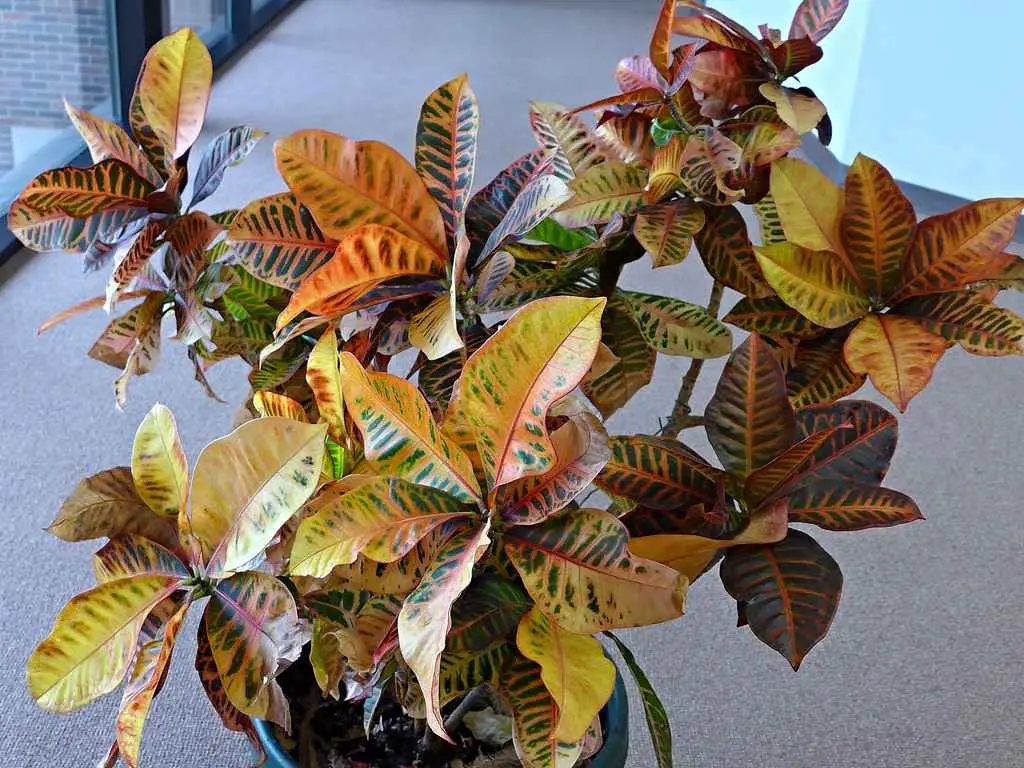
Overview of Croton as a Home Garden Plant:
Croton stands out for its diverse leaf patterns and hues, making it a visual feast for plant enthusiasts. With its bushy growth habit, this plant is well-suited for both indoor and outdoor settings. Its ability to adapt to different light conditions adds to its versatility.
Highlighting Distinctive Features:
The captivating feature of Croton lies in its foliage. The leaves vary not only in color but also in shape, providing an engaging and dynamic display. This plant is an excellent choice for those seeking a bold and vibrant presence in their home garden.
Detailed Care Guidelines:
Maintaining a healthy Croton involves placing it in a location with bright, indirect sunlight. Keep the soil consistently moist but avoid overwatering to prevent root rot. Regularly wipe the leaves to remove dust and enhance their vibrant colors.
Insights into Effective Propagation:
While Croton is typically propagated through stem cuttings, it requires some care. Choose a healthy stem with a few leaves, let it dry for a day, and then plant it in a well-draining soil mix. Patience is key as it establishes roots, and soon you’ll have a new Croton plant to grace your garden.
With its dazzling foliage and adaptable nature, Croton adds a burst of energy to any home garden. By understanding its unique characteristics and following simple care guidelines, you can enjoy the lively presence of Codiaeum Variegatum in your living space.
4. Oyster Plant (Tradescantia Spathacea)
Moving on to the enchanting Oyster Plant, scientifically known as Tradescantia Spathacea, this green companion is cherished for its vibrant leaves and easygoing nature.
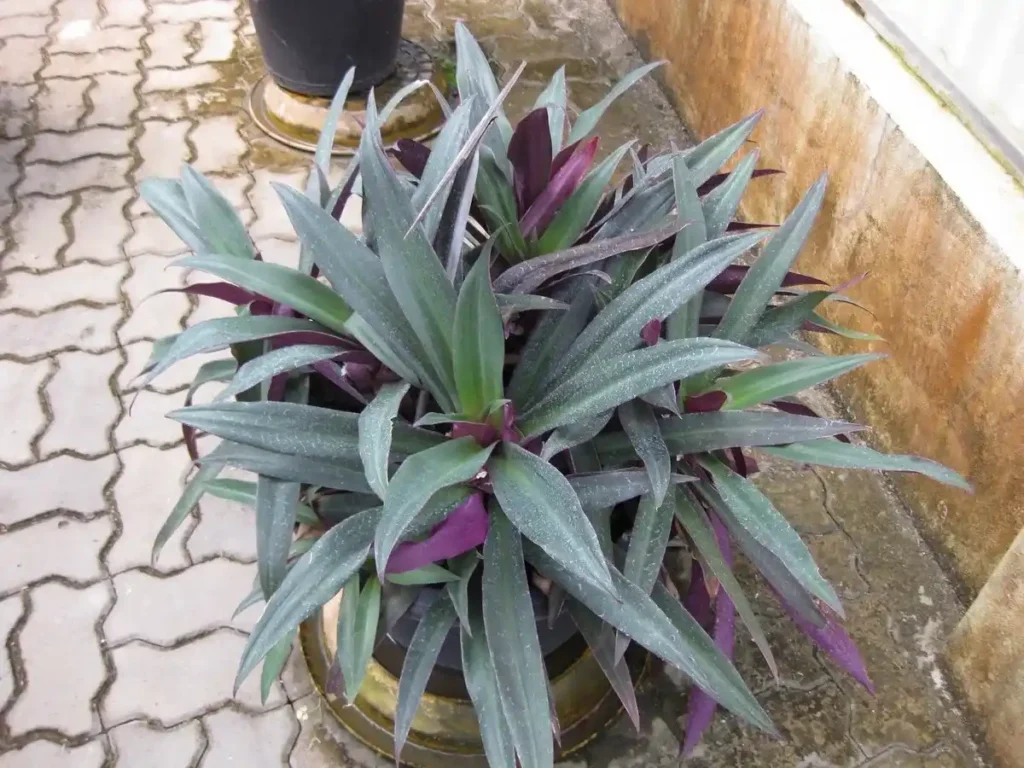
Introduction to the Oyster Plant:
The Oyster Plant, also known as the Moses-in-the-Cradle, features elongated, lance-shaped leaves that are rich green on top and purple underneath, creating a captivating contrast. Its compact size and adaptability make it a wonderful choice for various spaces.
Noteworthy Characteristics:
What sets the Oyster Plant apart is its distinctive leaf coloration and the ease with which it can adapt to different light conditions. This plant is well-suited for those seeking a touch of nature in corners with lower light levels.
Care Tips for Optimal Growth:
Caring for the Oyster Plant involves placing it in a location with filtered or indirect sunlight. Allow the top inch of soil to dry out before watering, preventing water stagnation. This plant’s resilience makes it an excellent choice for beginners or those with busier schedules.
Techniques for Successful Propagation:
Propagating the Oyster Plant is a straightforward process. Stem cuttings can be taken, allowed to dry for a day, and then planted in well-draining soil. With a bit of patience, new plants will emerge, allowing you to share the joy of Tradescantia Spathacea with friends and family.
Embracing the Oyster Plant in your home garden brings not only visual allure but also a sense of tranquility. Its uncomplicated care routine and adaptable nature make it a delightful addition for anyone looking to enhance their living space with a touch of natural beauty.
5. Polka Dot Begonia (Begonia Maculata)
Let’s now delve into the charming world of the Polka Dot Begonia, scientifically known as Begonia Maculata. This delightful plant is celebrated for its mesmerizing polka-dotted leaves and graceful demeanor.

Presenting Polka Dot Begonia:
Begonia Maculata earns its name from the distinctive silver polka dots adorning its dark green leaves, creating a visually striking pattern. This plant’s upright growth habit makes it an elegant choice for tabletops or shelves.
Unique Attributes That Make It Stand Out:
The standout feature of the Polka Dot Begonia lies in its leaves – each one adorned with silver spots resembling polka dots. Beyond its visual appeal, this plant’s compact size and neat growth make it a perfect fit for various indoor spaces.
Guidelines for Care and Maintenance:
Caring for the Polka Dot Begonia involves placing it in a location with bright, indirect light. Keep the soil consistently moist but not waterlogged, as Begonia Maculata prefers a slightly humid environment. Regularly misting the leaves can help maintain the desired humidity levels.
Steps for Propagation:
Propagating the Polka Dot Begonia is a rewarding endeavor. Stem cuttings with a few leaves can be taken, allowed to dry for a day, and then planted in a well-draining mix. With proper care, these cuttings will develop roots, giving you new plants to share or expand your indoor garden.
Embracing the Polka Dot Begonia in your home adds not only a touch of sophistication but also a sense of whimsy. Its manageable care requirements and the joy of propagation make it an excellent choice for those looking to enhance their living spaces with a plant that effortlessly combines elegance and playfulness.
Richmondensis Begonia: A Guide To The Alluring Pink Cascade
Comparative Analysis
Now that we’ve explored the unique characteristics of the String of Hearts, Pilea, Croton, Oyster Plant, and Polka Dot Begonia, let’s conduct a comparative analysis to help you choose the perfect plant for your home garden.
- Light Requirements:
- String of Hearts: Enjoys bright, indirect light but can tolerate lower light conditions.
- Pilea: Thrives in bright, indirect light but can adapt to lower light levels.
- Croton: Requires bright, indirect sunlight for vibrant foliage.
- Oyster Plant: Prefers filtered or indirect sunlight and adapts well to lower light conditions.
- Polka Dot Begonia: Flourishes in bright, indirect light with slightly higher humidity.
- Watering Needs:
- String of Hearts: Allow the top inch of soil to dry out between waterings.
- Pilea: Let the top inch of soil dry out before watering.
- Croton: Keep the soil consistently moist, avoiding overwatering.
- Oyster Plant: Allow the top inch of soil to dry before watering.
- Polka Dot Begonia: Keep the soil consistently moist, avoiding waterlogging.
- Propagation Methods:
- String of Hearts: Propagate through stem cuttings, an easy and rewarding process.
- Pilea: Produces ‘pups’ or offshoots for simple propagation.
- Croton: Propagate through stem cuttings, requiring patience during root establishment.
- Oyster Plant: Easily propagated through stem cuttings.
- Polka Dot Begonia: Propagate using stem cuttings for a fulfilling gardening experience.
- Visual Appeal:
- String of Hearts: Delicate, cascading vines with heart-shaped leaves.
- Pilea: Compact plant with round, coin-shaped leaves.
- Croton: Bushy growth with variegated, vibrant leaves.
- Oyster Plant: Elongated leaves with a rich green-purple color contrast.
- Polka Dot Begonia: Upright growth with dark green leaves adorned with silver polka dots.
By considering these factors, you can tailor your choice to match your preferences, available light conditions, and commitment to care. Each plant brings its own unique charm to your home garden, ensuring a delightful and personalized green haven.
General Care Tips for Home Gardening Plants
Caring for your home gardening plants doesn’t have to be a complex task. Here are some simple and effective care tips that apply to most plants, ensuring they thrive and bring joy to your living space:
- Sunlight Exposure:
- Place your plants in areas with bright, indirect sunlight.
- Understand the light preferences of each plant and position them accordingly.
- Watering Practices:
- Allow the top inch of soil to dry out before watering your plants.
- Avoid overwatering, as it can lead to root rot and other issues.
- Use well-draining soil to prevent waterlogged conditions.
- Humidity Considerations:
- Some plants, like Polka Dot Begonia, benefit from slightly higher humidity.
- Regular misting or placing a tray of water near plants can help maintain humidity.
- Fertilization Routine:
- Feed your plants with a balanced liquid fertilizer during the growing season.
- Follow the recommended dosage to avoid over-fertilization.
- Regular Pruning:
- Trim and remove dead or yellowing leaves to encourage healthy growth.
- Prune plants to maintain their shape and prevent overcrowding.
- Pest Prevention:
- Keep an eye out for pests like spider mites or aphids.
- Use natural remedies like neem oil or insecticidal soap to address pest issues.
- Rotation for Balanced Growth:
- Rotate your plants periodically to ensure even exposure to sunlight.
- This helps prevent leaning or uneven growth.
- Observation and Response:
- Regularly observe your plants for any signs of stress or disease.
- Address issues promptly to maintain the overall health of your home garden.
Remember, every plant has its own unique needs, so paying attention to individual requirements is key. These general care tips, combined with specific guidelines for each plant, will contribute to a thriving and beautiful home garden. Enjoy the journey of nurturing your green companions!
Methods of Propagation for Home Garden Plants
Propagating your home garden plants allows you to expand your green family without much hassle. Here are simple methods you can use for successful propagation:
- Stem Cuttings:
- Take a healthy stem cutting, typically 4-6 inches long, using sharp scissors or pruning shears.
- Allow the cut end to dry for a day to form a callus, which helps prevent rotting.
- Plant the cutting in well-draining soil, ensuring it is secure and upright.
- Water the soil lightly and place the pot in a location with indirect light.
- With patience, roots will develop, and a new plant will emerge.
- Offshoots or Pups:
- Some plants, like Pilea, naturally produce offshoots or ‘pups.’
- Gently separate these small plants from the parent and pot them individually.
- Ensure each pup has some roots attached for better chances of success.
- Water lightly and provide appropriate light conditions for their growth.
- Division:
- Divide plants with multiple stems or clumps, such as certain ferns or hostas.
- Carefully separate the roots and stems, ensuring each division has sufficient roots.
- Plant each division in its own pot or area, following the original planting depth.
- Water the newly divided plants and monitor their progress.
- Leaf Cuttings:
- For some plants, like the Oyster Plant, leaf cuttings can be effective.
- Select a healthy leaf and cut it into sections, each containing a vein.
- Allow the cut ends to dry briefly, then plant them in a soil-filled container.
- Keep the soil consistently moist until new growth appears.
- Offsets:
- Plants like the String of Hearts produce offsets, small plants connected to the parent plant.
- Gently detach these offsets and plant them in their own pots.
- Provide appropriate care, and the offsets will develop into independent plants.
Propagation not only adds more greenery to your home but also allows you to share the joy of gardening with others. Experiment with these methods and discover the satisfaction of watching new plants grow from your efforts.
Conclusion
In concluding our exploration of the 5 best plants for home gardening – the String of Hearts, Pilea, Croton, Oyster Plant, and Polka Dot Begonia – it’s evident that each plant brings its own unique charm and characteristics to the table. As you embark on your journey into home gardening, here’s a brief recap and some parting thoughts:
- Diversity in Visual Appeal:
- From the cascading vines of the String of Hearts to the modern, coin-shaped leaves of Pilea, and the vibrant, variegated foliage of Croton, each plant offers a distinct visual experience.
- Ease of Care:
- These plants cater to various skill levels, with uncomplicated care routines. Whether you’re a seasoned plant enthusiast or a beginner, there’s a green companion for you.
- Adaptability:
- The plants showcased here demonstrate adaptability to different light conditions, making them versatile choices for various corners of your home.
- Propagation Joy:
- The joy of propagation adds an extra layer of satisfaction to home gardening. Whether through stem cuttings, offshoots, or division, each method offers a fulfilling way to expand your green space.
As you cultivate your home garden, remember to observe, care, and enjoy the unique journey each plant brings. Whether you choose the delicate String of Hearts, the elegant Pilea, the vibrant Croton, the enchanting Oyster Plant, or the sophisticated Polka Dot Begonia, your home will be transformed into a haven of natural beauty.
May your gardening endeavors be filled with growth, joy, and the simple pleasures of nurturing life. Happy gardening!

